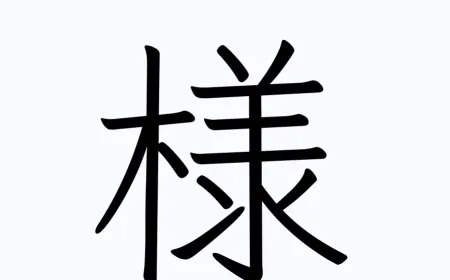Bunraku – Unique puppetry art
Bunraku is the Japanese art of professional puppet theater. Like kabuki, bunraku is an age-old art form developed by the urban class during the Edo period (1603-1867).

The word bunraku has a relatively new origin. Of the many puppet theaters of the Edo period, only Bunraku-za, founded by Banrakuken Uemura in the early 19th century in Osaka, was commercially viable in modern Japanese society, and bunraku became should mean "professional puppet show".
The bunraku performance consists of 4 elements: puppets half or 2/3 the size of a real person; the movements of the puppets are handled by the operators; the characters' voices are handled by a storyteller called tayu; and music played by a person on a three-stringed instrument called a shamisen. To increase complexity, each puppet as the main characters is controlled by 3 people.
Bunraku puppets are not controlled by strings. The main operator uses his left hand and hand to support the puppet, and controls the mechanism that controls the movements of the eyelids, eyeballs, eyebrows, and mouth; and use the right hand to control the right hand of the puppet. The first assistant is only in charge of controlling the puppet's left hand while the second assistant controls the puppet's two legs.
The puppeteers often wear black clothes, only the main operator shows his face and the assistants even cover their heads to become "invisible" in the eyes of the audience. A tayu has to voice all the puppets on the stage, including male, female and child characters, so the voice must have a wide range.
A striking feature of the sound in bunraku is the melodious bass of the shamisen, in contrast to the high tones of the kabuki shamisen tenor. In kabuki, an orchestra of 10 or more shamisen can be used, but in bunraku there is usually only one musician. In bunraku, the puppets' movements must match the tayu's narrative and the shamisen sound. The shamisen player is usually the one who determines the pace of the story and the timing of the puppet's actions.
As for the history of Japanese puppetry, the first recorded books date to the 11th century. It is thought that even before that, wandering hunters made extra money by using puppets to act out plays. entertainment in the towns. Many later settled in Sanjo on Awaji Island, the birthplace of professional puppetry.
In the 15th and 16th centuries, blind troubadours telling stories of history often used the biwa, a type of instrument originating from Persia, similar to the Vietnamese pixie. Then storytelling changed dramatically in the 16th century with the development of a form of storytelling called joruri.
Around the same time, the shamisen was brought from Okinawa to Japan and was preferred by joruri storytellers over the biwa. Meanwhile, the shamisen players create new pieces of music that influence the joruri storytelling. This combination was the origin of bunraku, making it attractive to the urban class, people in the lower ranks of society but gradually dominating the economy, art and culture in the new era.
In the mid-17th century, puppet theater flourished in Osaka and Kyoto, where puppet performers and joruri storytellers had many new artistic creations. During this period, the collaboration between the talented storyteller Takemoto Gidayu I of Osaka and the greatest playwright of the Edo period, Chikamatsu Monzaemon, contributed to the transformation of bunraku from a form of mass entertainment into a home. art singing. In the 18th century, many techniques such as eyelid and mouth movements were invented and are still used in bunraku today.
It can be said that kabuki and bunraku are interrelated. The kabuki actors were influenced by the style of the bunraku storytellers and even imitated the stylized gestures of the puppets. Conversely, if a certain creation in kabuki delights the audience, those in the bunraku industry will include their works.
Gradually overtaken by kabuki, bunraku fell into decline from the second half of the 18th century, although performers reached new artistic and technical heights. Then, as the Japanese turned to Western theatrical art forms and developed their own modern theatre, bunraku could not compete for audiences. After World War II, bunraku was overshadowed as many Japanese moved away from traditional aspects of their culture, and by the early 1960s, the art had become virtually non-commercial.
Bunraku survived mainly thanks to government support as well as the establishment of the National Theater in Tokyo and the National Bunraku Theater in Osaka. Bunraku's revival is due to a new trend of respecting tradition among young Japanese.
--------------------------
Injavi.com - Visit in Japan
Related Products








































































































